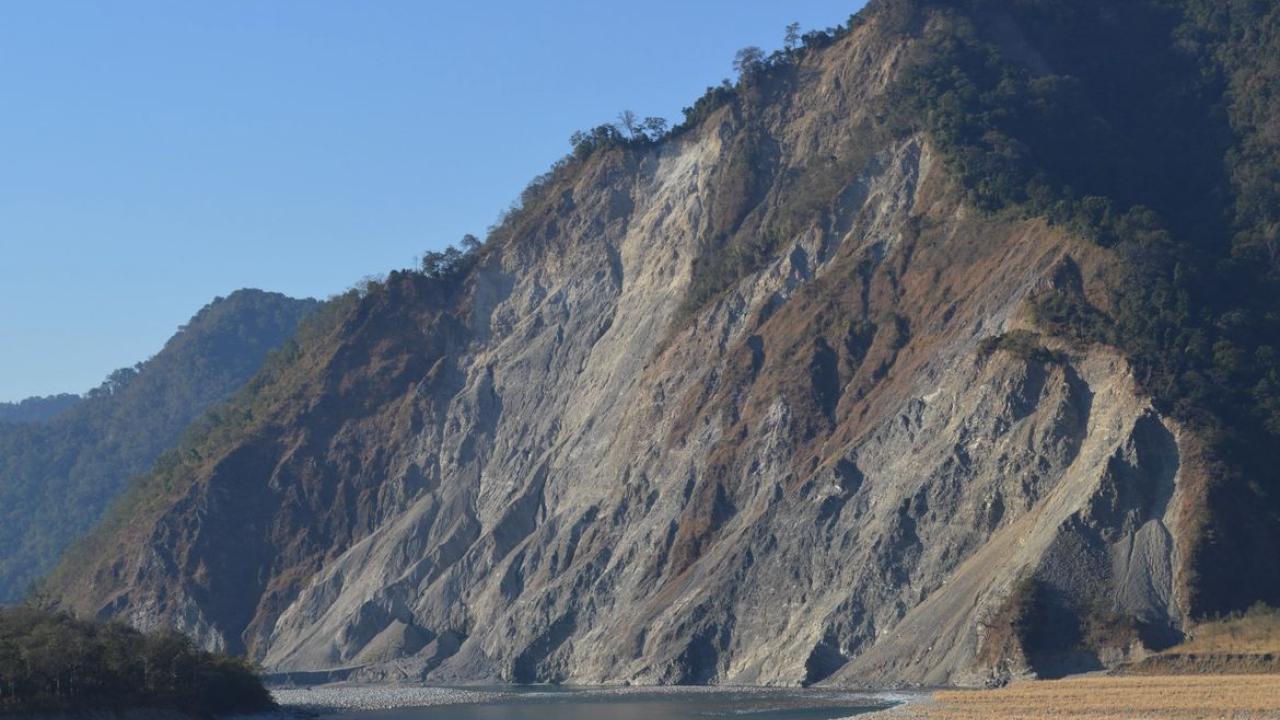A new technique developed by UCLA geologists that uses artificial intelligence to better predict where and why landslides may occur could bolster efforts to protect lives and property in some of the world’s most disaster-prone areas.
In recent years, researchers have trained AI machine-learning models known as deep neural networks, or DNNs, to predict landslides. Yet despite their advantages in processing time and learning power, as with statistical models, DNNs do not “show their work,” making it difficult for researchers to interpret their predictions and to know which causative factors to target in attempting to prevent possible landslides in the future.
The problem, said co-first author Khalid Youssef, a former student of biomedical engineering and postdoctoral researcher at UCLA, is that the various network layers of DNNs constantly feed into one another during the learning process, and untangling their analysis is impossible. The UCLA researchers’ new method aimed to address that.
The researchers’ new AI program also requires far fewer computer resources than DNNs and can run effectively with relatively little computing power.
The approach would be particularly valuable in places like California, the researchers say, where drought, wildfires and earthquakes create the perfect recipe for landslide disasters and where the situation is expected to get worse as climate change brings stronger and wetter storms.
Read more at UCLA Newsroom.
Image Source: Peter Haproff





